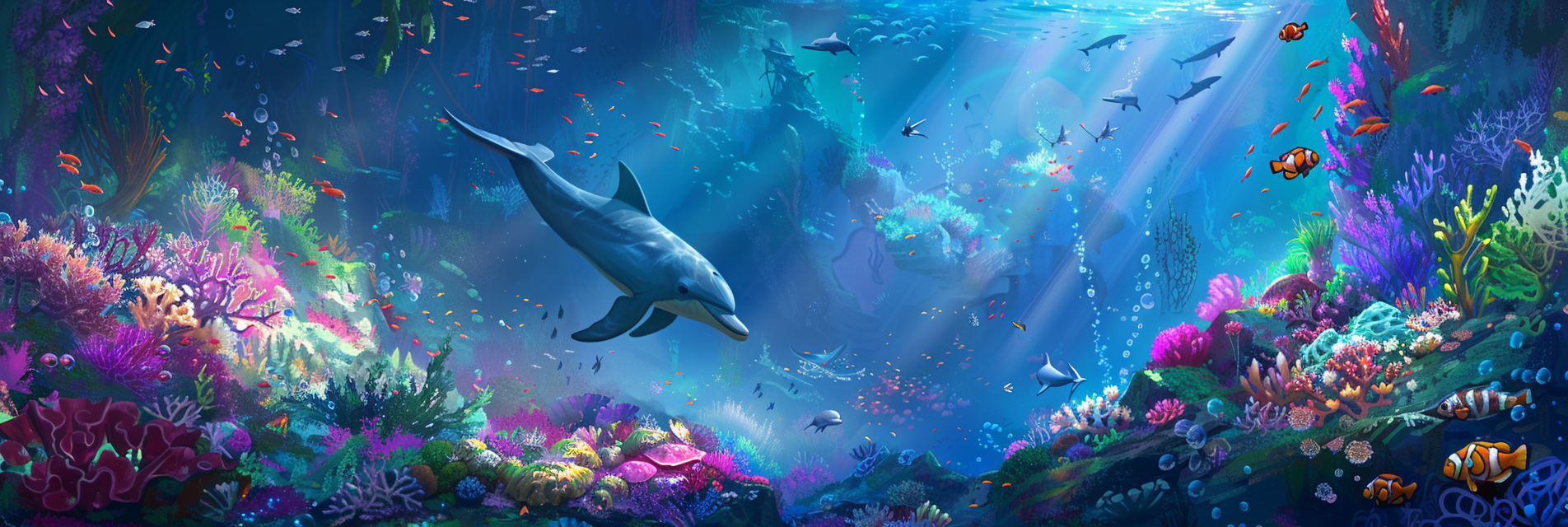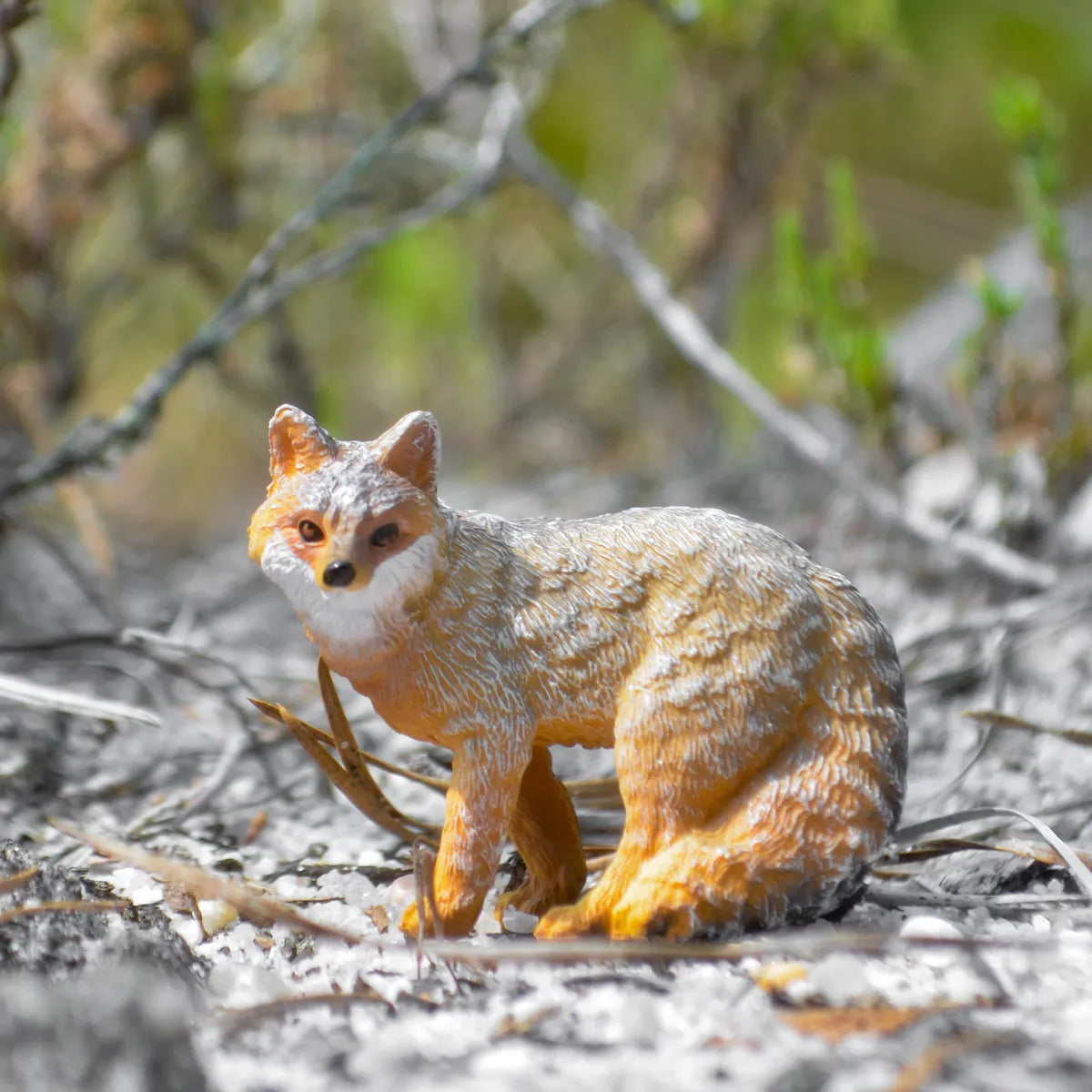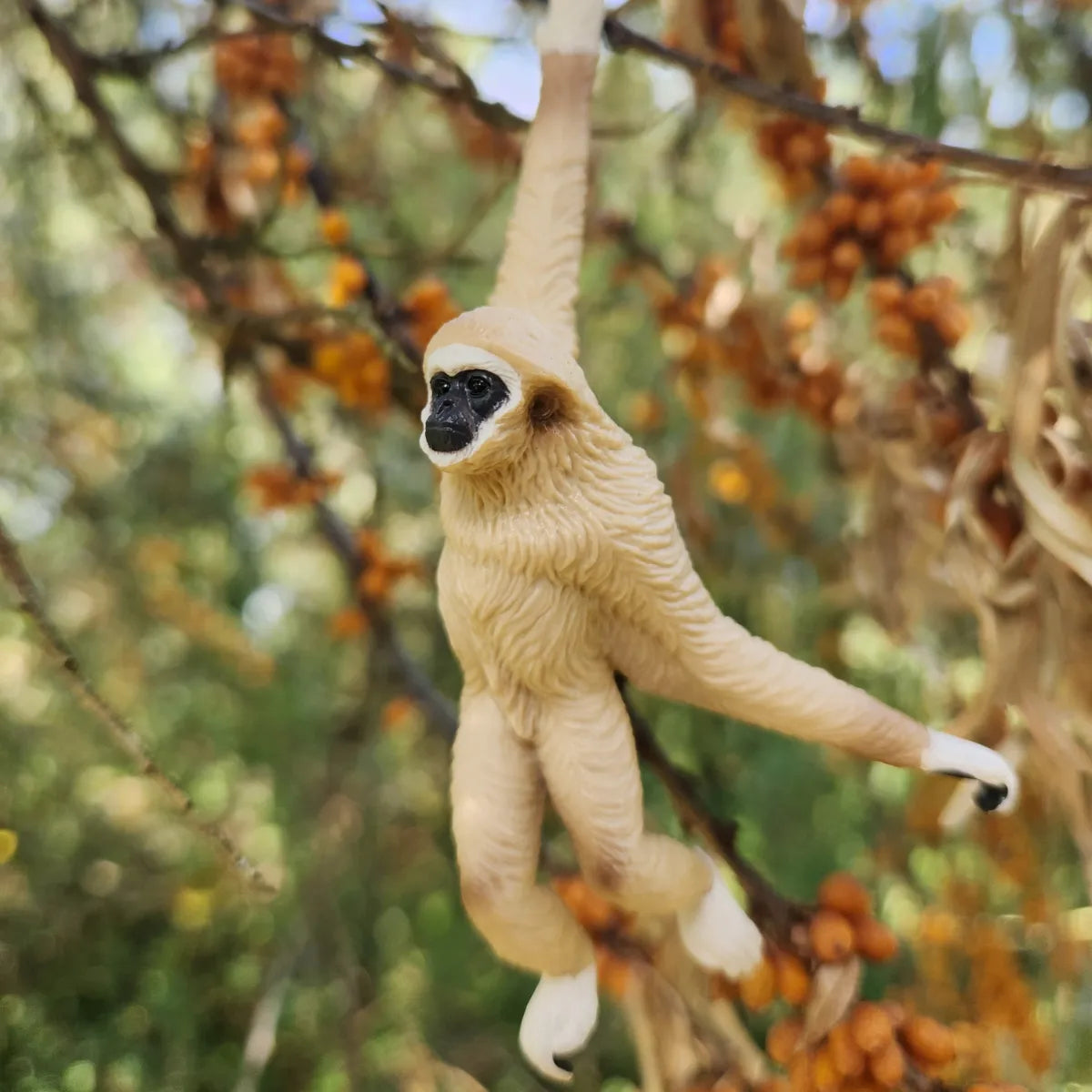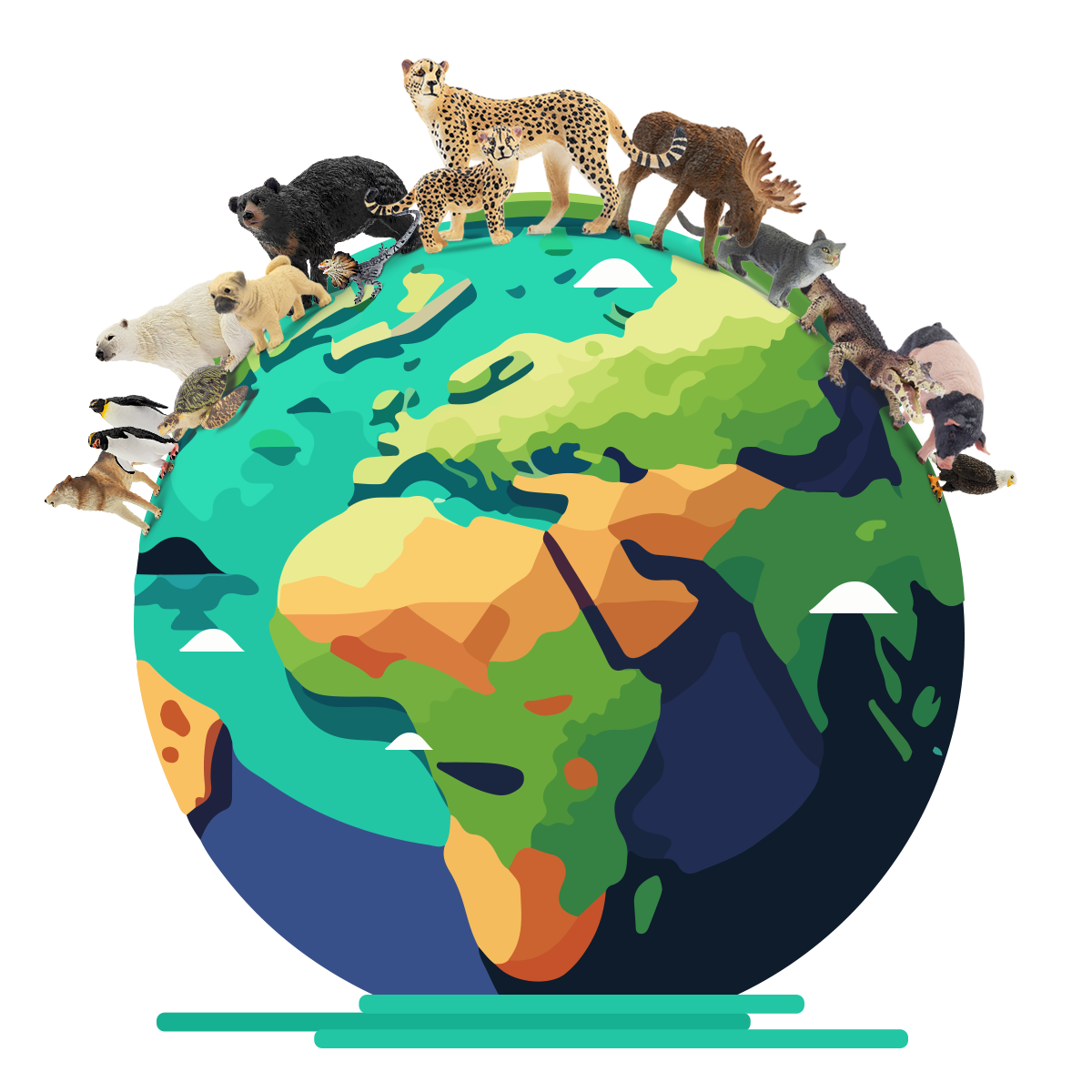
Sea Turtle
Sea Turtles are long-lived marine reptiles known for their hard shells and long migrations. They inhabit tropical and subtropical oceans and come ashore to lay eggs on beaches.
Scientific Name
Chelonioidea
Behavior
Sea turtles are migratory creatures known for their long lifespans, extensive travel distances, and fidelity to nesting sites. They spend the majority of their lives in the ocean, with females returning to land to lay eggs. These reptiles are primarily herbivores or omnivores, depending on the species, feeding on a variety of marine vegetation, jellyfish, and invertebrates.
Breeding
Sea turtles have a unique reproductive process; females come ashore to lay eggs in nests dug in the sand, often returning to the beach where they were born. After laying dozens to hundreds of eggs per clutch, they cover the nests and return to the sea, leaving the eggs to incubate and hatchlings to fend for themselves. The sex of the hatchlings is determined by the temperature of the sand surrounding the eggs.
Characteristics
There are seven species of sea turtles, including the Leatherback, Green, Hawksbill, Loggerhead, Olive Ridley, Kemp's Ridley, and Flatback. They are distinguished by their large shells (carapaces), flipper-like limbs, and (except for the Leatherback) hard bony shells. Sizes and colors vary among species, with the Leatherback being the largest, capable of reaching over 6 feet in length and weighing up to 1,500 pounds.
History
Sea turtles have been navigating the world's oceans for millions of years, making them one of the oldest surviving reptile groups. They have significant cultural and ecological roles in various global traditions and ecosystems. Historically, sea turtles have been hunted for their meat, eggs, and shells.
Current Status
All seven species of sea turtles are listed under the IUCN Red List, with statuses ranging from Vulnerable to Critically Endangered. Major threats include habitat loss, climate change, bycatch in fishing gear, poaching, and pollution. Conservation efforts involve protecting nesting beaches, regulating fisheries, and international agreements like the Convention on International Trade in Endangered Species (CITES) to reduce trade in sea turtle products. Additionally, numerous NGOs and governmental organizations work on conservation programs aimed at monitoring populations, rehabilitating injured turtles, and raising public awareness about the importance of sea turtle conservation.




